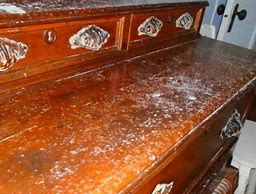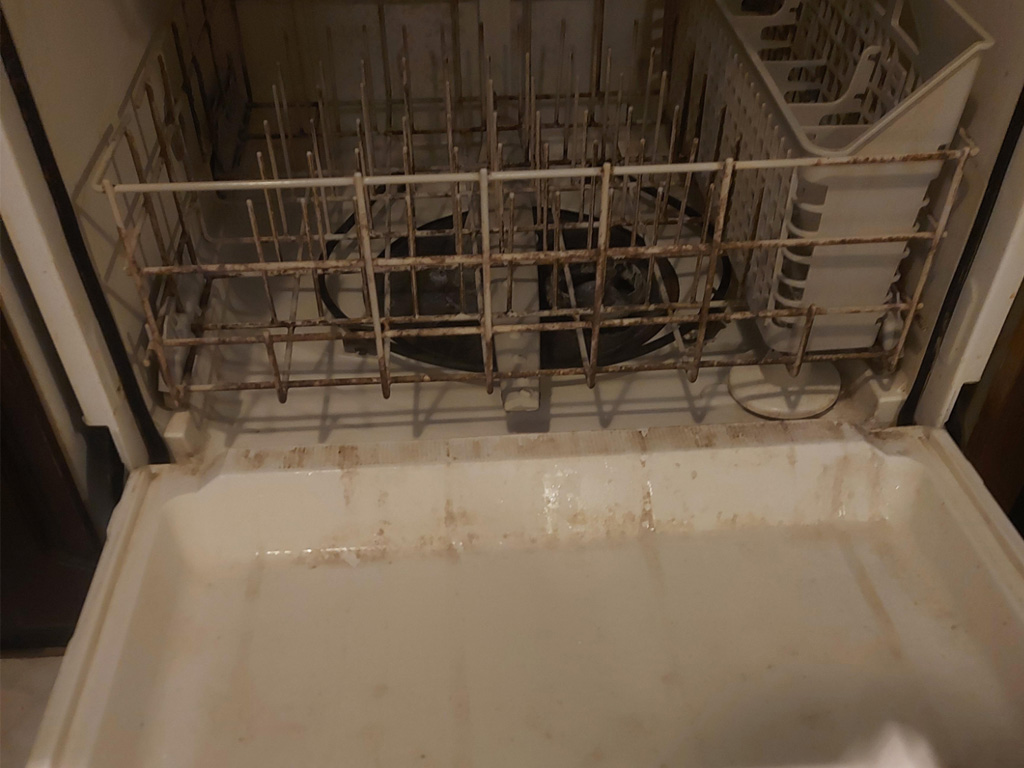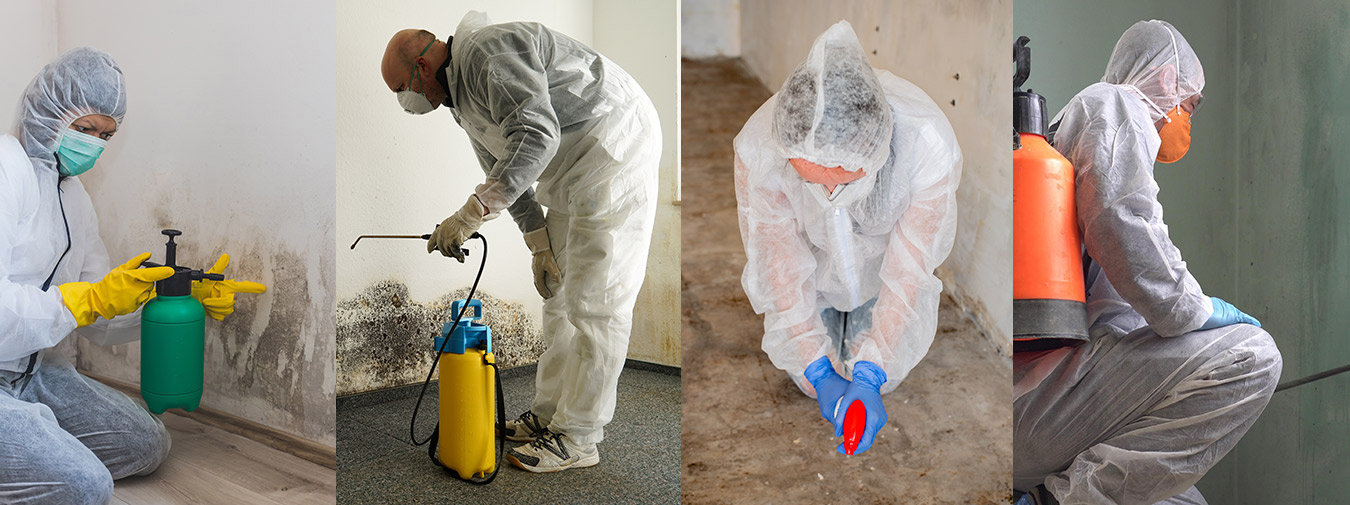The Silent Spread: Objects Mold Spores Can Contaminate When Left Untreated
Mold spores are resilient and opportunistic, capable of spreading far and wide when given the chance. In homes, offices, and other indoor environments, untreated hidden mold can contaminate a variety of objects, both animate and inanimate. Understanding the potential for mold spores to spread is essential for effectively combating mold growth and preventing further contamination. Here’s a comprehensive list of objects mold spores can infiltrate when left untreated:
Mold on Clothing and Household Fabrics
Mold spores can latch onto clothing, upholstery, curtains, and other fabrics, leading to discoloration, musty odors, and potential allergic reactions upon contact with affected items. If you suspect mold contamination in your home, schedule a professional mold inspection to assess the extent of the issue.
Mold Growth in Furniture and Mattresses
Wooden furniture, upholstered chairs, and mattresses provide ideal surfaces for mold growth, especially in damp or humid environments. Mold can penetrate deep into porous materials, making it difficult to eradicate without expert mold remediation services.

Mold Damage in Books and Paper Documents
Mold thrives in environments with high humidity levels, making paper-based materials such as books, documents, and cardboard boxes susceptible to mold infestation. Mold can cause irreversible damage to these items if left untreated. Consider air quality testing to detect elevated mold levels early.
Electronics and Mold Contamination Risks
Dust and moisture can accumulate inside electronic devices, creating a conducive environment for mold growth. Mold spores can infiltrate computers, televisions, and other electronic equipment, potentially causing malfunctions and health hazards.

Mold in Household Appliances
Refrigerators, washing machines, dishwashers, and other household appliances can develop mold growth if not properly maintained. Mold can spread from contaminated surfaces to food and dishes, posing health risks to occupants. Learn more about how residential mold remediation can help protect your home.
Mold Exposure from Toys and Children’s Items
Children’s toys, stuffed animals, and play mats are often overlooked sources of mold contamination. Mold spores can accumulate on these objects, putting children at risk of respiratory problems and skin irritation.
Pet Supplies Can Harbor Mold Spores
Pet bedding, toys, and food bowls can harbor mold spores if not cleaned regularly. Pets can inadvertently spread mold throughout the home, exacerbating the problem and putting their health at risk.
Mold Growth in Indoor Plants and Potting Soil
Indoor plants and potting soil can become breeding grounds for mold if overwatered or neglected. Mold spores can spread from contaminated soil to surrounding surfaces, including walls, floors, and furniture.
Wallpaper and Wall Coverings as Mold Hotspots
Moisture and humidity can cause wallpaper and wallcoverings to peel and warp, providing an ideal environment for mold growth. Mold spores can penetrate porous materials, leading to structural damage and aesthetic issues.
Mold Contamination in Stored Personal Belongings
Items stored in damp or humid areas, such as basements, attics, and closets, are particularly susceptible to mold contamination. Clothing, shoes, luggage, and sentimental belongings can become breeding grounds for mold if not properly stored and maintained. Mold remediation is especially important in moisture-prone spaces or areas with water damage.
Prevent Mold Spread with Professional Remediation
Mold spores can spread to a wide range of objects when left untreated, posing health risks and compromising the integrity of indoor environments. Regular cleaning, maintenance, and mold remediation services from companies such as TCB EnviroCorp are essential for preventing further contamination and ensuring the health and safety of occupants. By addressing mold growth promptly and effectively, individuals can mitigate the health risks associated with mold exposure and create healthier living and working spaces.






